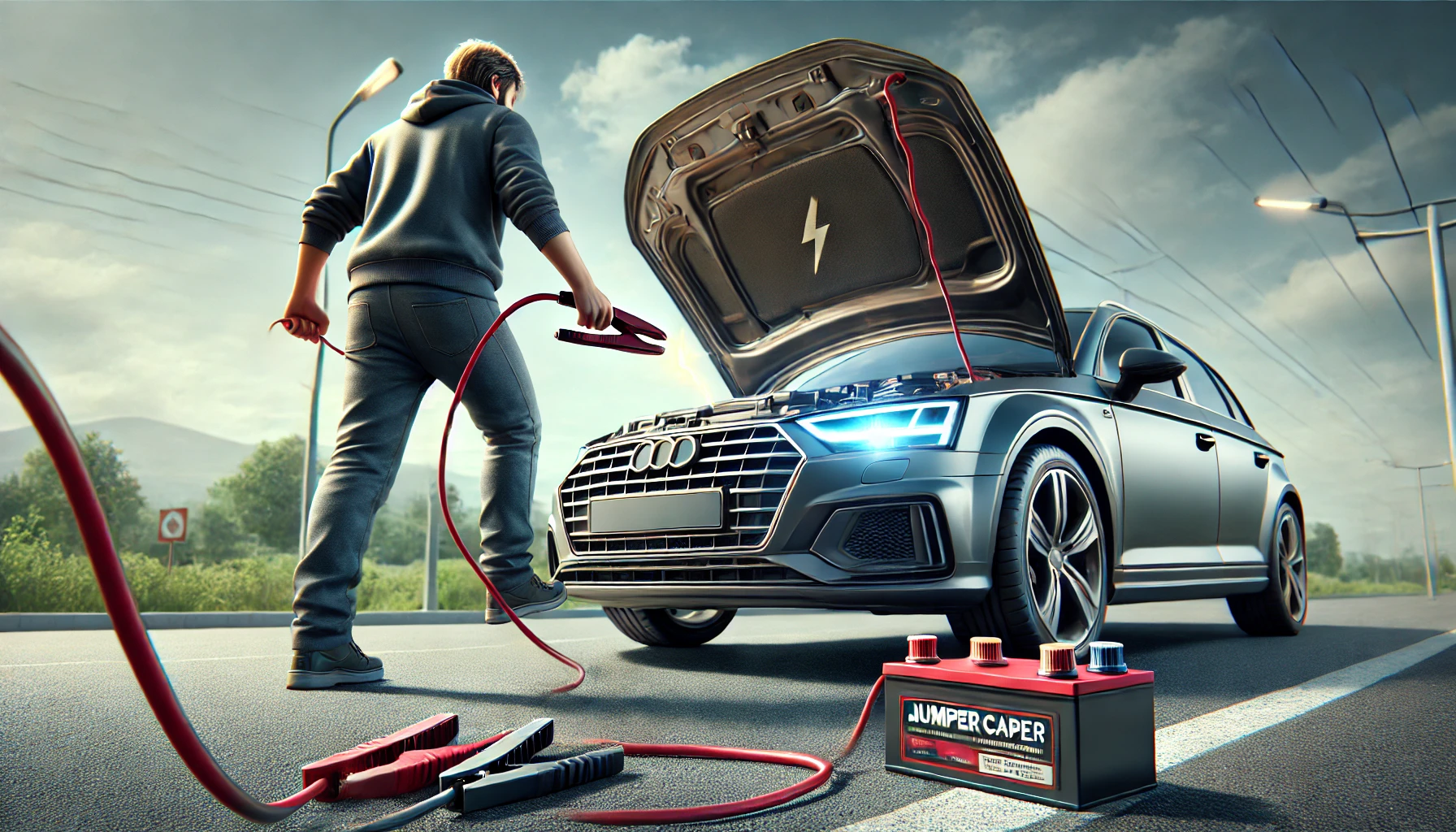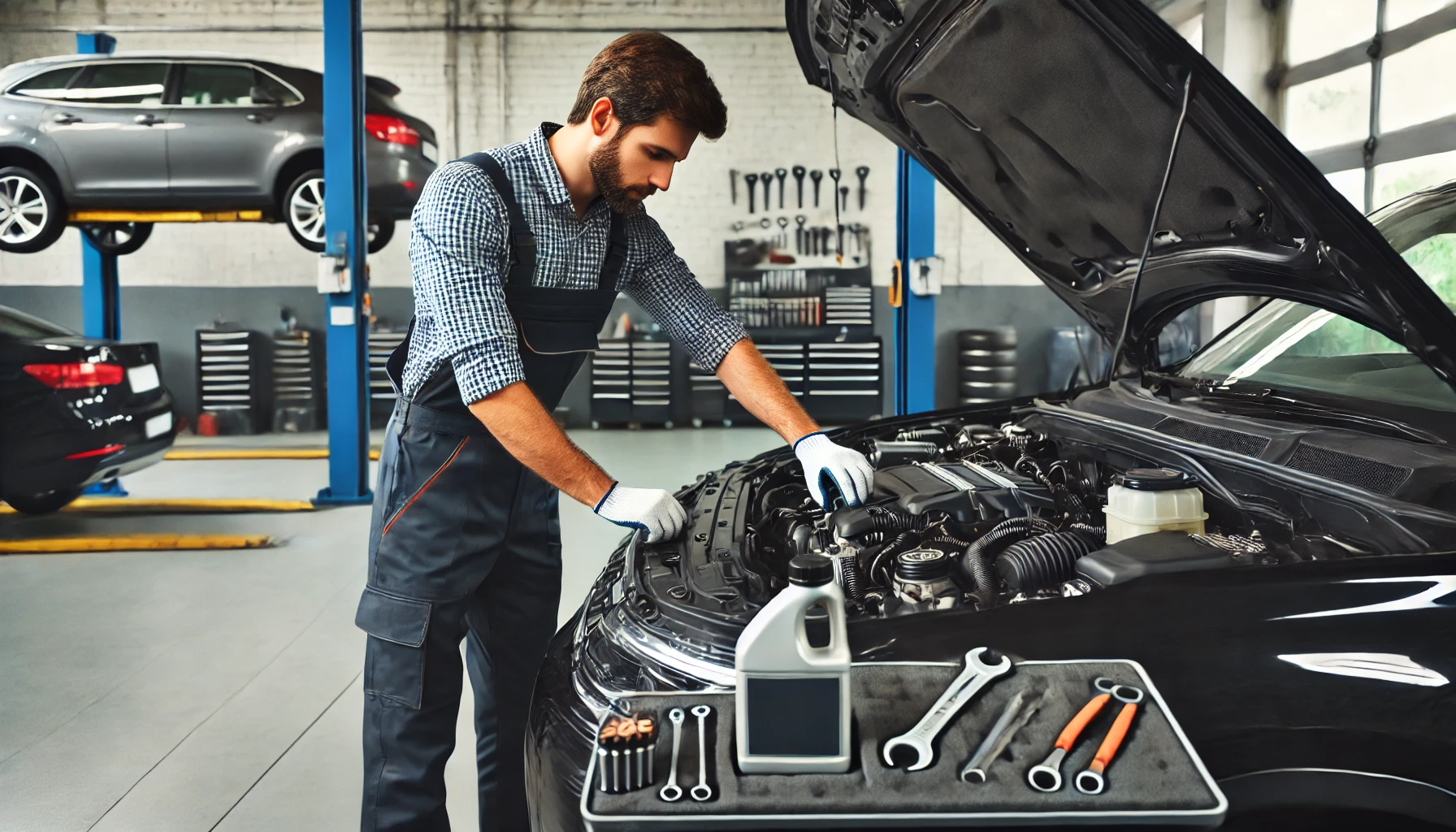Fuel economy is an important factor in both saving money and reducing your vehicle’s environmental impact. A few simple changes to your driving habits and vehicle maintenance can result in significant savings at the pump. This guide provides practical tips for improving your car’s fuel efficiency.
1. Drive Smoothly and Avoid Rapid Acceleration
Aggressive driving, including rapid acceleration and hard braking, can reduce your car’s fuel economy by up to 30%.
- Accelerate gradually and avoid jackrabbit starts.
- Keep a steady speed and use cruise control on highways.
- Anticipate traffic flow and brake gently to avoid sudden stops.
2. Reduce Your Speed on Highways
Driving at higher speeds increases fuel consumption due to air resistance.
- Slow down by just 5–10 mph can improve fuel efficiency by around 10%.
- The optimal highway speed for fuel economy is usually between 50-65 mph.
3. Keep Your Tires Properly Inflated
Under-inflated tires create more rolling resistance, causing the engine to work harder and burn more fuel.
- Check tire pressure at least once a month and always before long trips.
- Ensure your tires are inflated to the manufacturer’s recommended PSI, which can be found on the driver’s side door frame or in the owner’s manual.
4. Perform Regular Maintenance
Routine maintenance is essential for your vehicle to run efficiently.
- Change engine oil and filters as recommended.
- Keep your air filter clean to ensure proper airflow to the engine.
- Replace spark plugs if worn to improve combustion efficiency.
- Regularly check and replace fuel injectors if necessary.
5. Avoid Excessive Idling
Idling wastes fuel, especially in cold weather or during long stops.
- Turn off your engine if you’ll be idle for more than 30 seconds (except in traffic).
- Modern engines are designed to use less fuel restarting than idling for long periods.
6. Lighten Your Load and Reduce Drag
The more weight your car carries, the harder the engine has to work.
- Remove unnecessary items from your trunk, especially heavy ones.
- If you’re not using a roof rack or roof box, remove it to reduce drag.
- Avoid overloading your vehicle with excessive cargo.
7. Use Air Conditioning Wisely
Using air conditioning in the summer months can decrease fuel efficiency.
- Use A/C sparingly, and set it to a moderate level.
- At lower speeds, consider rolling down the windows instead of using A/C to reduce load on the engine.
- At highway speeds, keep the windows closed to reduce drag.
8. Choose the Right Fuel for Your Vehicle
Using the correct fuel type can help optimize your vehicle’s performance and efficiency.
- Always use the recommended octane level for your car.
- Using a higher-octane fuel than required doesn’t improve fuel economy and just costs more.
9. Limit Use of Roof Racks and Carriers
Roof racks and carriers increase wind resistance, causing your car to use more fuel.
- Remove roof racks when not in use, or opt for a low-profile design to reduce drag.
- If you need to carry gear, try to load it inside your vehicle to minimize wind resistance.
10. Plan Your Routes Efficiently
Take time to plan your trips to reduce unnecessary driving and minimize traffic congestion.
- Use navigation apps to find the fastest, least congested routes.
- Combine errands into one trip to avoid multiple short drives, which are less fuel-efficient.
Final Thoughts
Improving fuel economy is all about small changes that add up over time. By adopting fuel-efficient driving habits, maintaining your vehicle regularly, and reducing unnecessary weight and drag, you can significantly increase your car’s miles per gallon (MPG). These changes will save you money and reduce your car’s environmental footprint.


